How to Fix Flip Flops 3 Easy Hacks

Summer is the time to set your toes free and trade those cold-weather boots for flip flops. But if you have ever had a flip flop strap snap, you know they are prone to breaking (usually at the most inconvenient times.)
But don’t toss your favorite pair of flip flops just yet. We’re sharing some easy hacks to fix flip flop straps with items you probably already have around the house.
Photo from Jersey Girl Knows Best. Check out her tutorial on Updating Your Old Flip-flops! Follow her on YouTube: Jersey Girl Knows Best.
Why do flip flops break?
Most flip flops consist of a flat piece of rubber or leather and a thin, toe-thong. That’s the strap that goes between your big and second toes. As you walk, your toe grips the base of the flip flop, like a claw to hold it close to your foot.
The thong strap absorbs all of the force of motion when you take a step. In higher-quality flip flops, the strap is molded to the base of the shoe.
They are more durable and less prone to breaking. In other flip flops, the thong is inserted into a hole in the flat base. These flip flops are typically made of rubber, plastic, and other synthetic materials that are more prone to snapping.
How to fix a flip flop with a bread tag
If the strap has come out of the hole in the bottom of the flip-flip and won’t stay put no matter how many times you try, the hole that it passes through may have stretched too wide to hold it in place. A bread tag is one way to secure the strap to the bottom of the shoe.
Tools and materials needed:
- Broken flip flop
- Plastic bread bag tag
- Gorilla Glue
1. Insert the strap
Feed the thong strap through the hole at the bottom of the flip flop.
2. Clip on the bread tag
Turn the flip flop over and clip the plastic bread tag onto the bottom of the strap. The strap should have a round ball or knot at the bottom. That goes in the opening of the bread tag.
3. Glue the bread tag
Use a few drops of Gorilla Glue or Super Glue to attach the bread tag to the bottom of the flip flop. Let it dry according to the product instructions.
How to repair broken flip flops with a washer
This method is similar to the one that uses a bread tag, except we’re going to use a flat metal washer.
Washers come in all shapes and sizes. Choose one that is large enough that it won’t slip through the hole for the strap, but thin enough that it won’t raise the shoe too far off the ground.
Just like we did with the bread tag method, slip the thong strap through the hole at the bottom of the flip flop. Slip a washer around the knot at the base of the strap.
Put a few drops of Super Glue on the top of the washer and secure it to the bottom of the flip flop. Let it dry.
How to fix flip flops with a hair tie
Here’s another easy DIY flip flop fix using two hair elastics or rubber bands.
Tools and materials needed:
- Broken flip flop
- 2 Hair ties
- Scissors
1. Cut the strap
Cut the bottom of the flip flop strap off, right at the point where it intersects with the strap that crosses over the toes.
2. Wrap a hair tie around the strap
Fold a hair tie in half and wrap it over the center of the flip flop strap. Insert one end of the hair tie into the opening of the other, so it forms a knot around the center.
3. Pull the hair tie through the hole
Pull the hair tie through the hole to the bottom of the flip flop.
4. Make a knot
Take the second hair tie and tie it in a knot around the loop of the first hair tie.
Double-knot it so the knot becomes larger than the hole. Now your strap is secure.
How to prevent flip flops from breaking
We should note that while these fixes are effective, they aren’t meant to last forever. But they will keep your flip flop intact until you’re able to switch them out for another pair of shoes.
Here are some tips for preventing flip flop breaks in the future:
- Get the right fit: If your flip flops are too big or small, your foot is going to shift around more than usual to keep the flip flop on. This puts extra wear and tear on the center strap, causing it to break more easily.
- Switch up your style: Flip flops that have multiple cross-straps or a strap around the ankle are more durable than those that have a single t-strap. Not only are these less prone to breaking, flip flops with more straps are going to stabilize and support your feet more effectively.
- Invest in a high-quality flip flop: Higher-quality flip flops won’t break as easily as plastic and foam shoes. They provide a better fit and more support to prevent foot pain as well.
Photo from Beth @CreativelyBeth. Check out her tutorial on How to Upcycle Dollar Tree Flip Flops With Embroidery Floss. Check out her website: Creatively Beth.
How to fix flip flops
Now you know what to do if your strap breaks. With a few household items, you can repair your flip flops easily and quickly–and get back to your summer fun!
Do you have a favorite DIY method for fixing flip flops? Share your tips below!
Check out my post on How to Fold Shorts to Save Space.
Enjoyed the project?
The author may collect a small share of sales from the links on this page.

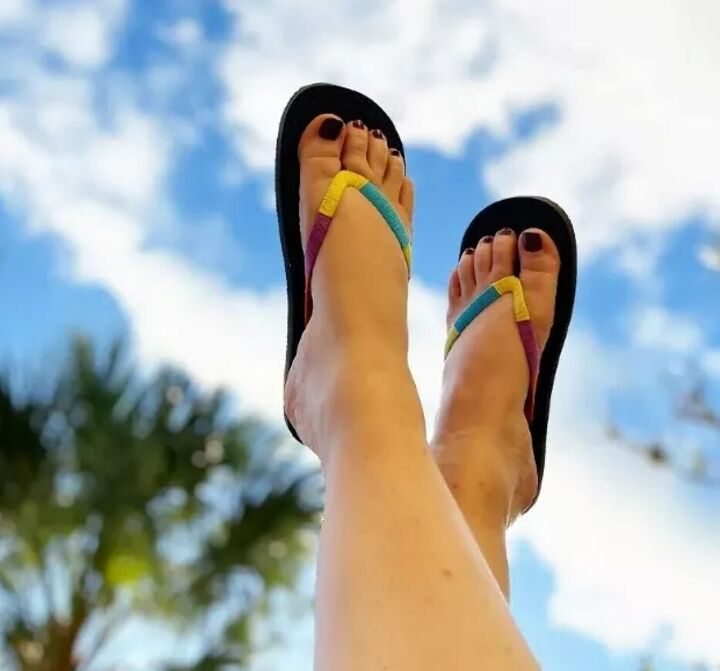
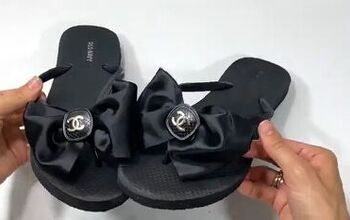
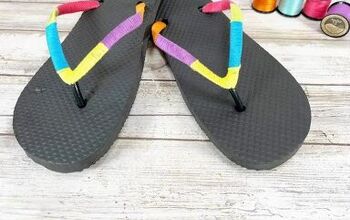

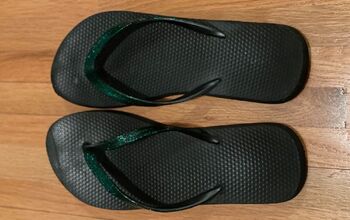
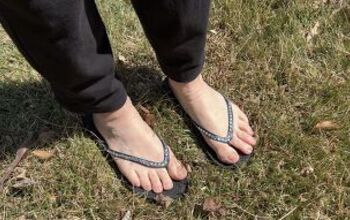
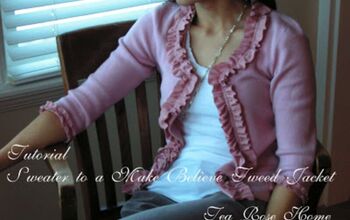




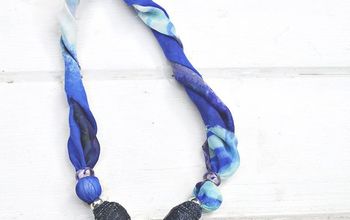
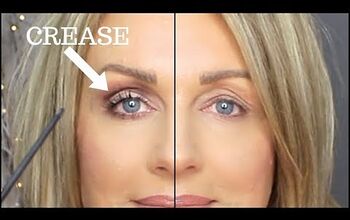


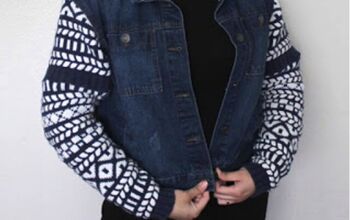

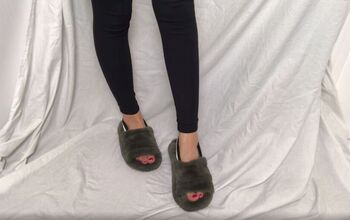
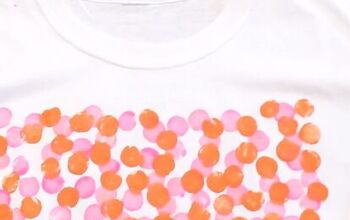
Comments
Join the conversation
Shame it didn't show photos of the stages,I didn't understand a word
I've seen the bread tie before and can picture the washer but have no idea about the hair ties. Pictures would help a lot.